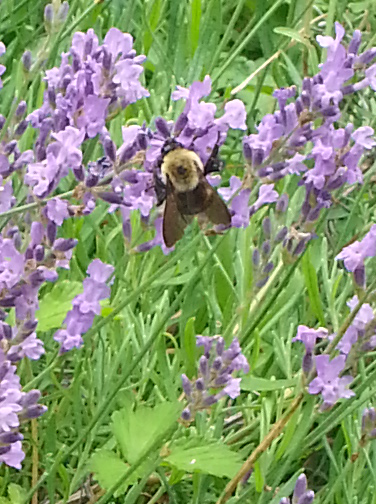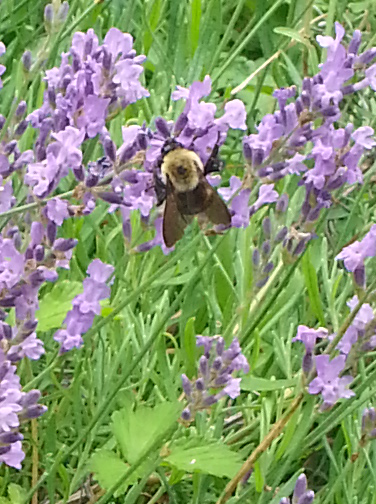This weekend will see the first annual BeeBlitz, an opportunity for everyone to contribute to a “citizen science” campaign that aims to compile a complete (well, as complete as possible) snapshot of the pollinators present in an area. The BeeBlitz is the final event in the festivities to mark Pollinator Week in C-U, which take place as part of the National Pollinator Week.
 Photo by Robert McGrath
Photo by Robert McGrath
Citizen science has been around in some form for centuries. Tens of thousands of people have participated in the annual bird count every New Years for more than a century. With the development of the World Wide Web and ubiquitous digital photography, dozens, if not hundreds of projects have sprung up that invite amateurs to upload sightings of flora and fauna, as well as astronomical, meteorological, and who knows what phenomena. To find opportunities to participate in citizen scientist projects, just search the web for “citizen science” and check out sites such as SciStarter, Scientific American’s page, or the Citizen Science Alliance.
Now citizen scientists are being called on to help during a difficult historical moment. As has been widely reported, bees and other pollinators seem to be dying in large numbers. If true, the loss of these species could be disastrous, because 75% of plants, including our food crops, depend on pollinators. However, to date we have no adequate baseline data to assess the situation.
The BeeBlitz is an opportunity for everyone to contribute to developing this critical knowledge base.
The BeeBlitz will take place at the Pollinatarium in Urbana. According to National Pollinator Week in Champaign-Urbana webpage:
We will venture out into the fields surrounding the Pollinatarium and photograph bees, then upload the photos to BeeSpotter. We encourage you to bring your camera or smartphone, though we will have cameras available for those who need one. We will also have computers available so you can upload your spottings immediately.
This event uses the BeeSpotter system, a web-based portal hosted at the University of Illinois where you can upload digital photos of bees along with basic metadata (where, when, and who). You can also view images uploaded by other spotters. These images provide a crowdsourced record of the bee population, which will contribute to the understanding of the health of our biosphere.
If you can’t go to the BeeBlitz, you can still sign up for BeeSpotter and contribute data. You can participate as a “regular” spotter or as a “standardized” spotter. The latter would follow a schedule to make repeated observations at planned times and locations.
Check out the BeeSpotter website for more information about the science of bees and how to participate.








